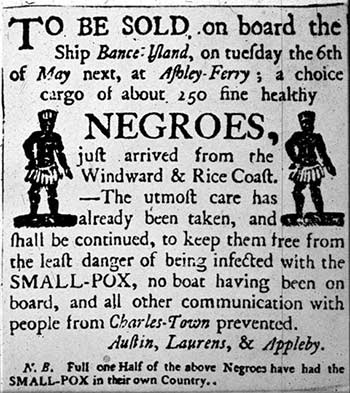Post Author: Bill Pratt
 Someone recently asked me about slavery in the Bible, and I decided it was time to take this topic on. In order to stay focused, I want to answer a very specific question: does God support the institution of slavery in the Torah (first five books of the Old Testament)?
Someone recently asked me about slavery in the Bible, and I decided it was time to take this topic on. In order to stay focused, I want to answer a very specific question: does God support the institution of slavery in the Torah (first five books of the Old Testament)?
The Torah, also called the Law, is where God gave Israel detailed instructions about how to conduct their affairs as a nation. How did slavery fit into the instructions God gave Israel?
Before I begin, I want to explain my source for this material. I have relied on the Christian Thinktank. In fact, my posts will be an attempt at compacting and summarizing the 29,000 word article written on this topic on the Thinktank. If you would like to read the article and skip my summary, please do so, for it is a truly excellent treatment. For those who want the summary, read on.
The first requisite step is to consider what the word slavery means. Most of us, when we hear the word slavery, think of the institution that existed in the southern United States before the Civil War brought it to an end. However, it turns out that the word slavery is a slippery one, for there have been many different kinds of slavery throughout world history.
Here is a quote from the Encyclopedia of Cultural Anthropology:
Scholars do not agree on a definition of “slavery.” The term has been used at various times for a wide range of institutions, including plantation slavery, forced labor, the drudgery of factories and sweatshops, child labor, semi-voluntary prostitution, bride-price marriage, child adoption for payment, and paid-for surrogate motherhood. Somewhere within this range, the literal meaning of “slavery” shifts into metaphorical meaning, but it is not entirely clear at what point. A similar problem arises when we look at other cultures. The reason is that the term “Slavery” is evocative rather than analytical, calling to mind a loose bundle of diagnostic features. These features are mainly derived from the most recent direct Western experience with slavery, that of the southern United States, the Caribbean, and Latin America. The present Western image of slavery has been haphazardly constructed out of the representations of that experience in nineteenth-century abolitionist literature, and later novels, textbooks, and films. . . From a global cross-cultural and historical perspective, however, New World slavery was a unique conjunction of features. . . In brief, most varieties of slavery did not exhibit the three elements that were dominant in the New World: slaves as property and commodities; their use exclusively as labor; and their lack of freedom.
What I will do in the next few posts is lay out what New World slavery was like, and then contrast that type of slavery with the kind found in the Torah. You will discover that there are profound differences, so please come back for the rest of the series.
